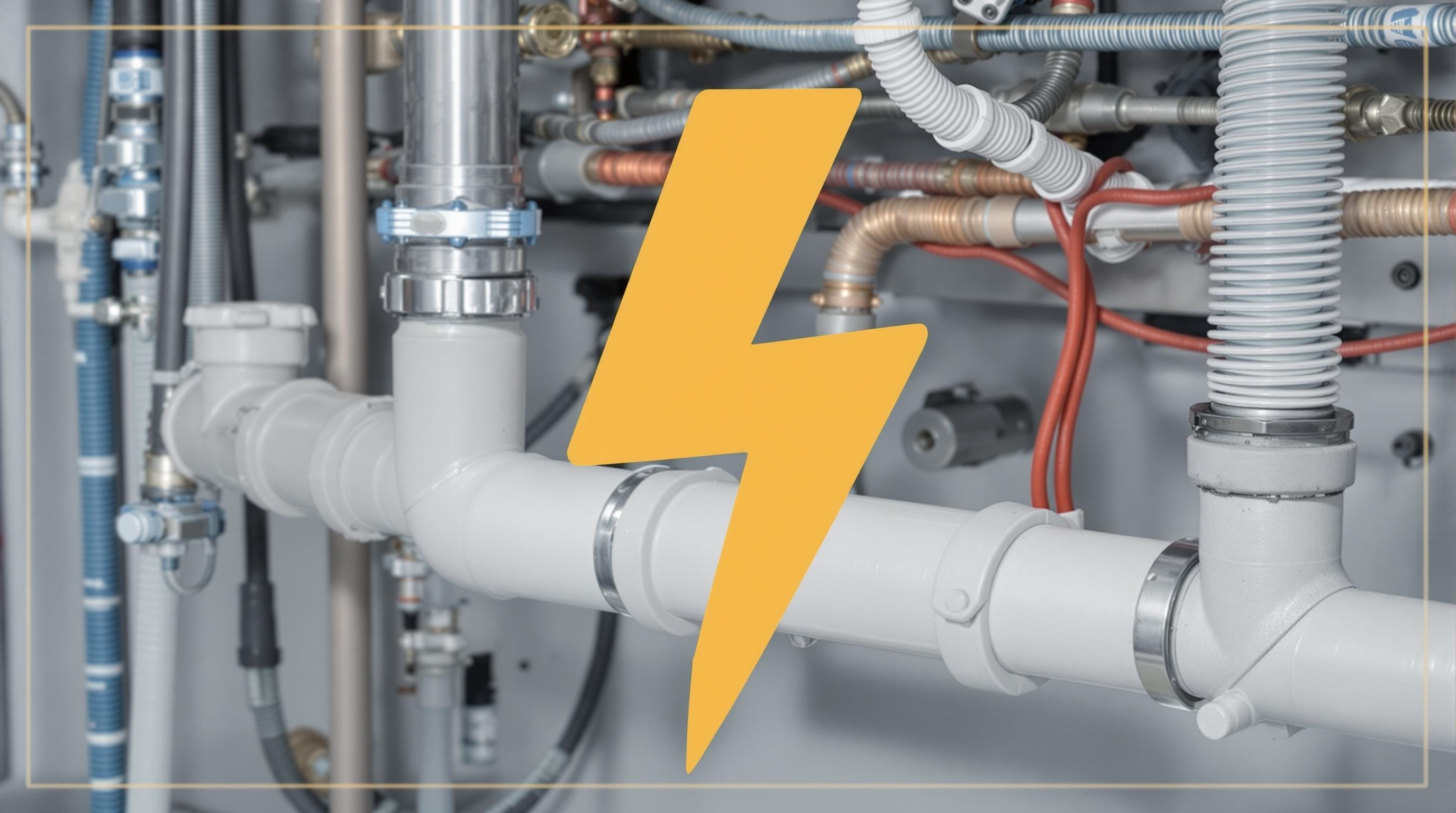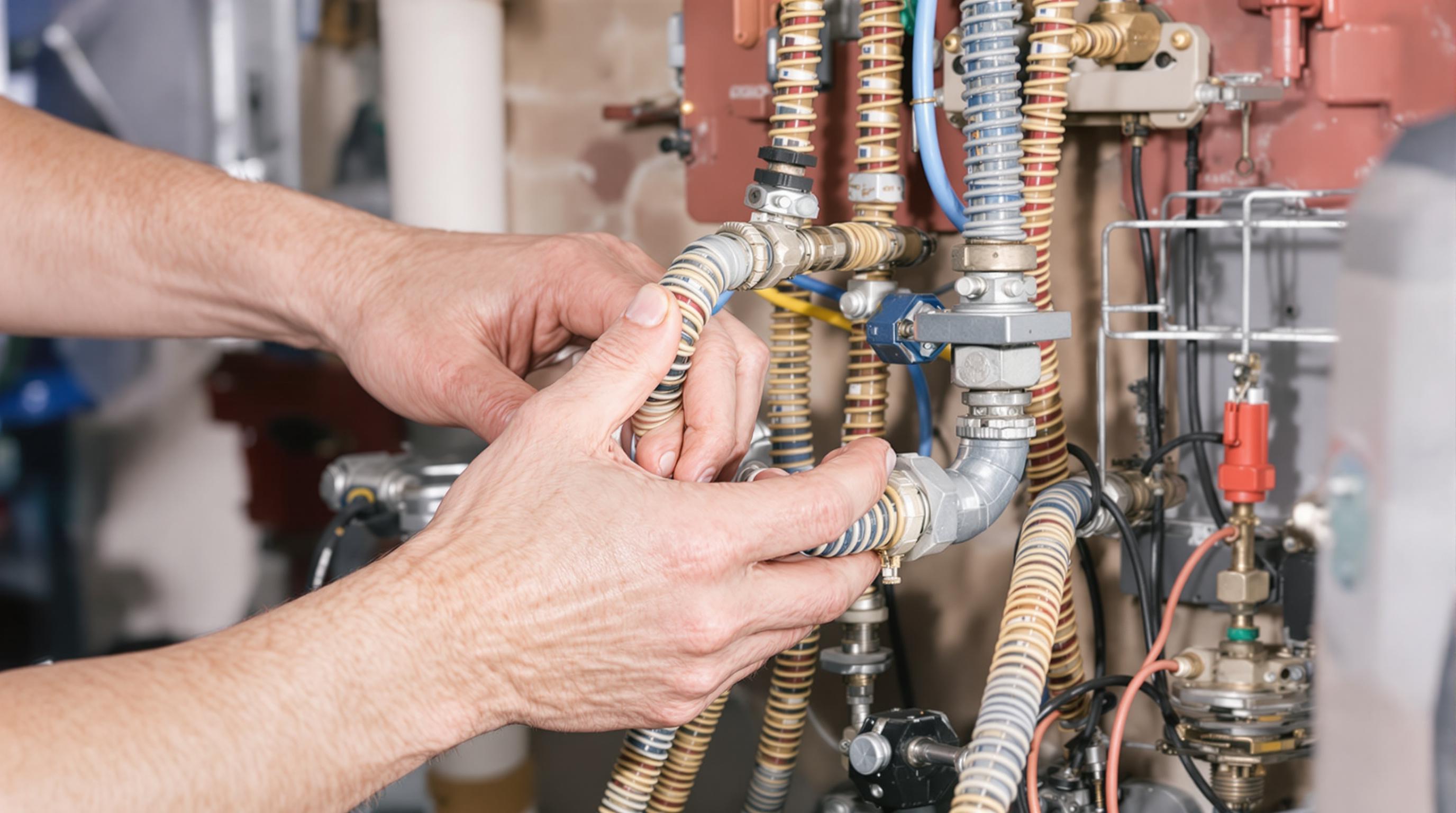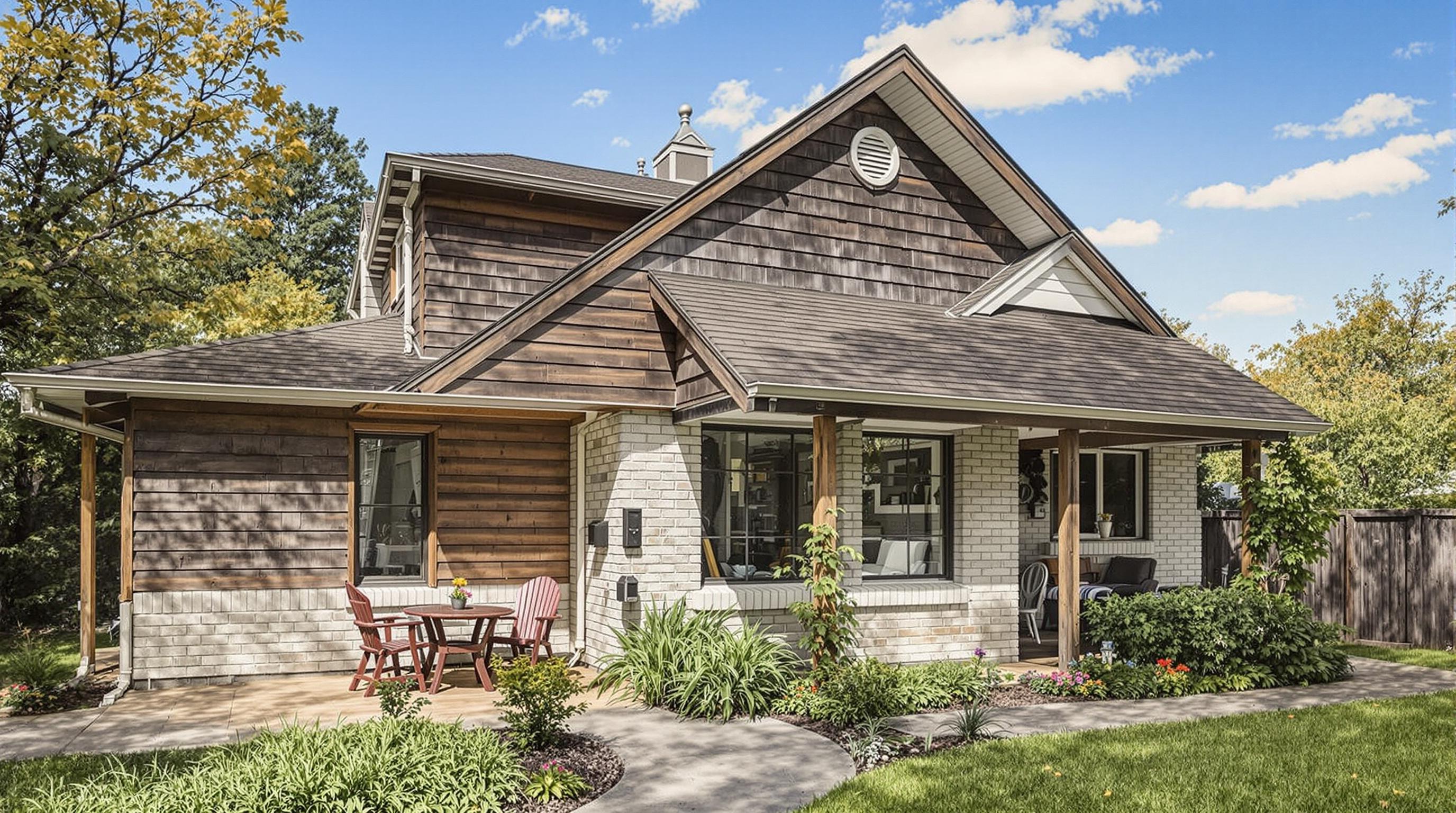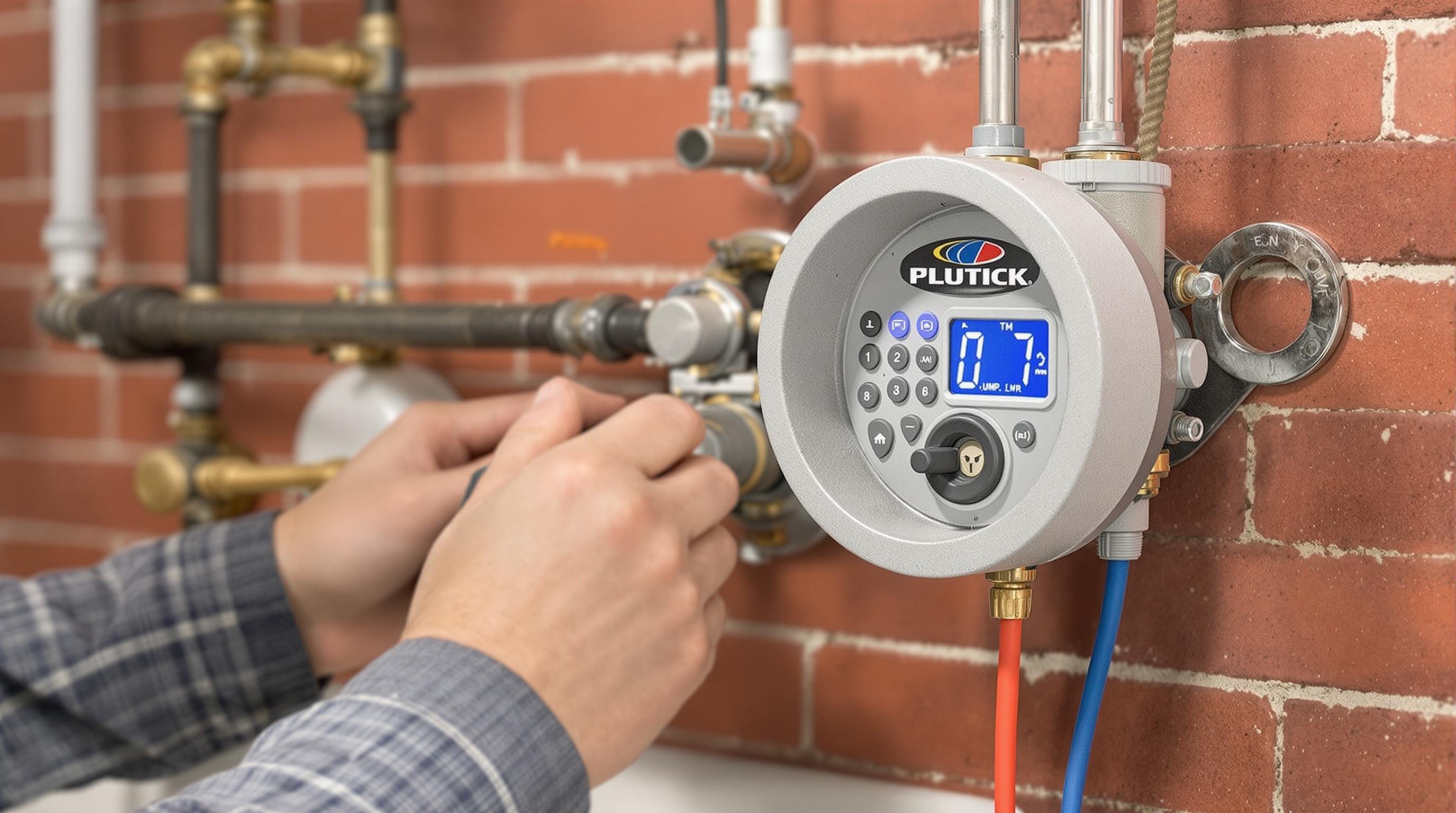Related Articles
- The Hidden Influence of Ergonomics: How Tool Design Shapes Our Physical Spaces and Daily Lives
- The Silent Influence: How Hidden Home Implements Shape Our Daily Routines and Spaces
- The Counterintuitive Role of Chaos: How Messy Tool Storage Can Lead to Unexpected Home Innovations
- Exploring the Unseen: How Audio Experiences Shape the Art of Domestic Spaces and Color Perception
- Rethinking the Mundane: How Everyday Objects are Becoming the Canvas for Modern Artistic Expression in Home Spaces
- Cultivating Chaos: The Surprising Benefits of Embracing Weeds in Your Garden Ecosystem
7 Little-Known Ways Your Plumbing and Electrical Systems Can Enhance Your Home's Acoustic Comfort and Noise Control
7 Little-Known Ways Your Plumbing and Electrical Systems Can Enhance Your Home's Acoustic Comfort and Noise Control
7 Little-Known Ways Your Plumbing and Electrical Systems Can Enhance Your Home's Acoustic Comfort and Noise Control
1. Soundproofing Pipes
Pipes can amplify even the slightest sounds, transforming your peaceful home into a cacophony of clinks, clanks, and gurgles. By investing in soundproofing materials or techniques, you can significantly reduce noise pollution from your plumbing. Insulating the pipes creates a barrier that dampens sound vibrations, keeping your home quieter.
Installing rubber or foam pipe wraps is a practical solution that restricts noise transmission. Additionally, using soundproofing mats can further absorb vibrations and enhance acoustic comfort. These proactive measures ensure that your plumbing remains a background whisper instead of a disruptive shout.
According to the Acoustical Society of America, proper insulation and soundproofing techniques can decrease the noise levels in residential spaces. Homeowners looking for tranquility must not overlook the impact of plumbing on their auditory experience.
2. Sealing Gaps and Cracks
For effective sound control, your home must first be adequately sealed. Gaps in walls, floors, and around plumbing fixtures can serve as conduits for sound infiltration. Focus on sealing these openings with caulk or acoustic sealants to reduce unwanted noise transmissions.
In addition to reducing sound, sealing gaps can improve energy efficiency, creating a win-win situation for both comfort and cost savings. As sound skitters through these cracks, it’s not just your peace of mind at stake—it's also your utility bills!
The Soundproofing Company suggests that homeowners apply sealants around pipes and electrical outlets, not just for better insulation but also to enhance acoustic barriers significantly. With a few simple adjustments, you can create a sanctuary from unwanted noise.
3. Using Quiet Plumbing Fixtures
Modern plumbing fixtures are engineered not just for style and functionality but also for quiet operation. Opting for low-noise faucets and toilets can significantly contribute to your home’s acoustic comfort. These fixtures minimize disruptive sounds while maintaining efficiency.
For instance, pressure-assisted toilets and special valves can reduce the 'whoosh' of water and the plunk of flushing. Likewise, quiet-fill valves are designed to significantly lower noise levels during refilling. Investing in quieter systems ultimately pays off in terms of maintaining a calm, peaceful environment.
Industry expert reviews have shown that the right fixtures can lower overall noise levels in a home by up to 25%. By upgrading to quieter plumbing options, you help to cultivate both comfort and tranquility in your living space.
4. Utilizing Electrical Components Wisely
Electrical systems also play a crucial role in enhancing acoustic comfort. The placement of outlets, switches, and wiring can create noise disturbances if not strategically planned. An electrician can help you design a layout that minimizes sound interference from electrical systems.
For instance, avoiding the installation of outlets on shared walls or clustering electrical components can drastically minimize buzzing or humming noises created by electrical devices. Planning these details ahead of construction or renovation pays dividends in peace and quiet.
Research shows that strategic electrical placement can reduce unwanted sound disturbances, particularly in multifamily units. By considering acoustics during the design phase, you set the foundation for a more harmonious living environment.
5. Incorporating Acoustic Insulation
Insulation isn’t just for temperature control; it can also serve as an effective sound barrier. Utilizing acoustic insulation materials in walls and ceilings where plumbing and electrical systems run can dramatically decrease noise levels. These materials absorb sound waves, preventing them from traveling through walls and floors.
Products like Rockwool or soundproofing foam panels can be particularly effective in improving a home's acoustic comfort. By placing these materials around fixture installations, you can create a sound-dampening envelope that contributes to homeowner serenity.
A study by the National Institute of Building Sciences indicates that the right insulation can reduce sound transmission by up to 50%. Thus, if you’re planning renovations, consider the double benefit of insulation in both acoustic improvements and energy efficiency.
6. Using Soft Flooring Materials
The type of flooring you choose can have a significant impact on your home's acoustics. Hard surfaces like tile or hardwood tend to amplify noise, while softer materials such as carpet or cork can absorb sound and minimize echo. Integrating carpet in rooms with considerable plumbing can muffle unwanted sounds from pipes.
Additionally, rugs and softer floor materials not only beautify your home but act as an effective noise control strategy, providing a crucial barrier against sound transmission. This allows for quieter environments, especially in high-traffic areas.
Soundproofing experts recommend soft flooring as a practical solution for anyone dealing with noisy plumbing or electrical systems. In making the right flooring choice, you create a more comfortable and quieter home.
7. Regular Maintenance and Repairs
Regular maintenance of your plumbing and electrical systems is essential for noise control. A leaky faucet or rattling electrical panel can create distracting noises that disrupt daily life. Establishing a routine check for leaks, clogs, and damaged electrical components can make all the difference.
By promptly addressing issues, you fortify your home against the intrusion of sound. Additionally, keeping systems well-maintained helps improve efficiency, contributing to both sound reduction and financial savings.
Experts recommend conducting biannual checks on plumbing and electrical systems to catch problems before they escalate. The combination of vigilance and timely repairs is vital for preserving your home’s acoustic comfort.
Conclusion: Harmonizing Comfort and Functionality
Integrating sound control mechanisms into your plumbing and electrical systems not only enhances comfort but contributes to your home's overall functionality. By employing the strategies mentioned—such as soundproofing pipes, sealing gaps, and using quiet fixtures—you can create a more serene living environment.
Noise control should not be an afterthought, but an integral part of home design and maintenance. With a little foresight and effort, your home can become a sanctuary of peace, shielding you from the chaotic sounds of the outside world.
In essence, understanding the interplay between your plumbing, electrical systems, and noise can significantly elevate your living space. Commit to these strategies today, and experience a profound change in your home’s ambiance.




